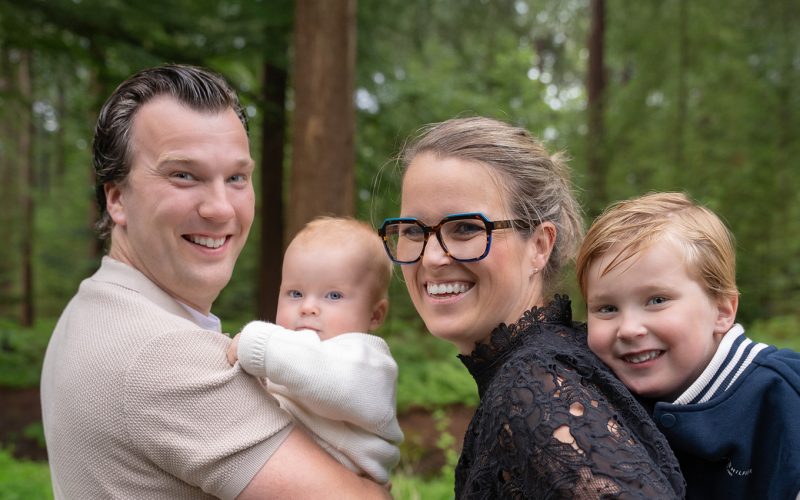Researchers at UMC Utrecht will investigate whether they can target the DNA error that causes the metabolic disease PPA2. A disease that can lead to sudden heart failure in children, often with fatal results. The research led by Sabine Fuchs, professor of Metabolic Diseases and Innovative Therapies, can start thanks to financial support from a relationship of Friends UMC Utrecht & Wilhelmina Children’s Hospital.
What goes wrong in patients with PPA2? Due to a mutation in the DNA – in the so-called PPA2 gene – the cells’ energy factories (mitochondria) do not work properly. This can lead to an energy deficiency in the heart, causing serious problems. Children with PPA2 can suddenly develop cardiac arrhythmias and heart failure with a flu, fever or even eating certain products. This metabolic disease cannot be cured.
The parents of Floris and Tessa from Friesland know better than anyone how intense this disease is. In February 2024, Floris (4) suddenly became seriously ill. Only after emergency transport to the UMCG did it become clear what was going on: severe heart failure and a brain infarct. The cause turned out to be PPA2. His heart recovered, but Floris had to learn to walk and talk again. Since then, his parents have lived in constant alert.
Tessa, Floris’ younger sister, was diagnosed with PPA2 even before she was born. She was the first baby in the Netherlands to be diagnosed with the disease via amniocentesis and was born anyway. Thanks to that early diagnosis, her care could be properly tailored immediately after birth. Her umbilical cord was also preserved so that the valuable cell material could be used for research into a possible treatment.
‘We live with the effects of this disease day and night,’ their mother Hendrika explains. ‘Every flu, every ingredient in food or medicine – everything has to be checked. But we keep holding out hope for science.’
Research is starting at the WKZ that could be of great importance for these patients in the future. The researchers will use innovative techniques to correct mutations in cultured skin, blood and heart cells from patients. ‘We will use two techniques, which we deploy to repair the error in the PPA2 gene: base-editing and prime-editing,’ said Sabine Fuchs.
These techniques work on DNA, the body’s ‘blueprint’. You can think of DNA as a long sentence, written in letters. With PPA2, there is a wrong letter somewhere, causing the body to get sick. With base-editing, scientists can precisely change that one wrong letter in the DNA into the right one.
At this place, the prime-edit protein writes off a new piece of DNA in which the mutation is corrected. The code for this new piece of DNA can be designed specifically for a particular disease and mutation. Base- and prime-editing have both already been applied in several cell and animal models, and in some cases even in patients. With promising results for a potentially permanent treatment for genetic diseases.
The beauty of these techniques is that they are very precise and safe. In the lab, testing can be done on skin, blood and heart cells from patients. Sabine: ‘If that works well, it will be an important first step towards a possible treatment.’
It will also investigate how this technique can be used in patients’ hearts in the future. ‘It is an exciting and innovative journey,’ says lead researcher Prof Sabine Fuchs. ‘But if successful, we will take an important step towards a possible cure for this deadly disease.’
Thanks to initial financial support, this innovative research can now start. For children like Floris and Tessa – and for their parents – this research means hope. Additional funding is still needed for additional research. Floris and Tessa’s parents are committed to this. More information can be found at the website Vrienden UMC Utrecht & Wilhelmina Kinderziekenhuis (in Dutch)
